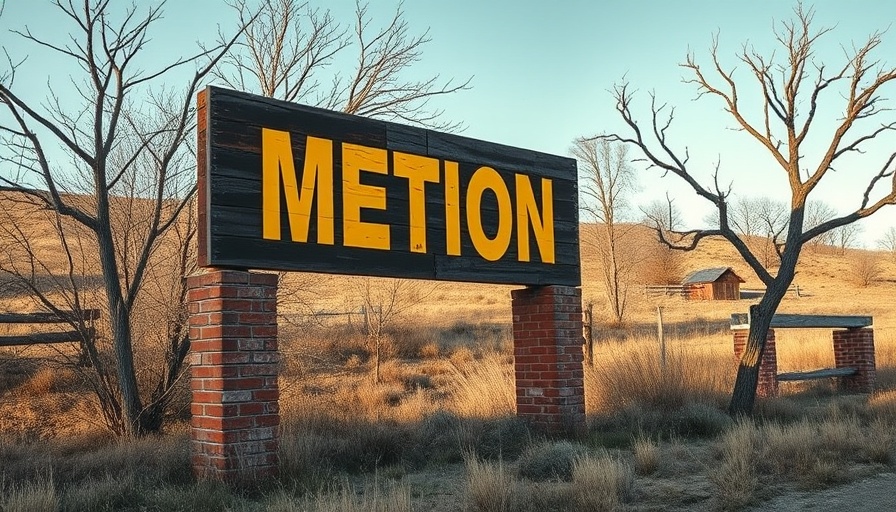
Montana's Outdated Psychiatric Care System Under Siege
For nearly 150 years, the Montana State Hospital has served as a crucial establishment for psychiatric care; however, it now stands on shaky ground. Recent actions prompted by the federal government flag serious concerns, detailing a series of preventable patient deaths and poor operational standards. This development not only raises questions about patient care but also shines a light on the broader systemic failures within the state's mental health infrastructure.
The Prolonged Process of Overhaul
The state government, under Governor Greg Gianforte, has embarked on an ambitious restoration project aimed at revamping the hospital's operations. This overhaul is not merely cosmetic; it seeks essential improvements that will take both time and significant financial investment—potentially hundreds of millions of dollars. The reality is, transforming a facility marred by decades of neglect into a modern, efficient hospital poses a challenging endeavor.
The Push for Community-Based Mental Health Services
Advocates for mental health care, including David Carlson of Disability Rights Montana, emphasize the crucial need for bolstering community-based services. Focusing solely on the state hospital limits the options available for patients needing mental health support. Instead, enhancing local service provisions could alleviate pressure on the hospital, fostering a more balanced support system. This multifaceted approach could lead to sustainable mental health care while improving standards for those at the hospital.
Future Implications for Advocacy and Policy
The challenges faced at Montana State Hospital serve as a reflection of broader national issues regarding mental health care. As reforms progress or stall, a call to action for advocates and policymakers emerges—a vital opportunity to scrutinize existing systems and push for innovative strategies that genuinely prioritize patient health and safety. Promoting alternative mental health services could pave the way for improved outcomes statewide.
 Add Row
Add Row  Add
Add 




Write A Comment